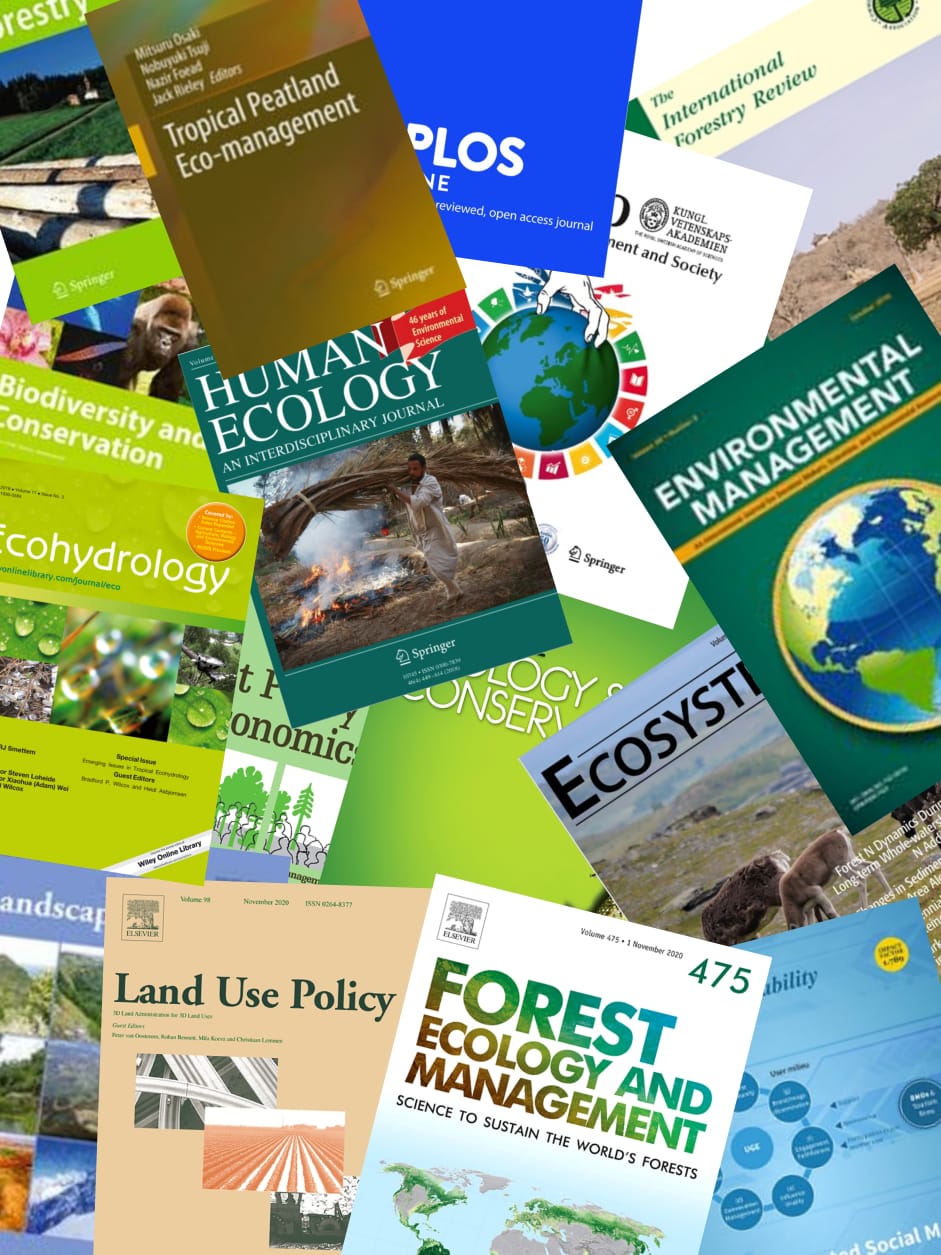Oil palm is a plant that produces vegetable oil. Quality oil palm seedlings with superior characteristics can be produced clonally using tissue culture techniques. The selection of explant sources is very important, and one of the explant sources that can be used is the young oil palm leaves. The ability of callogenesis and embryogenesis remains low, and this is thought to be related to endogenous hormones. This study is aimed to identify the types of endogenous hormones in explants of young clonal oil palm leaves and their relationship to callus and embryoid induction. The leaf midribs of six young oil palms were selected as explant sources. Explants were extracted and analysed for endogenous hormone content using high-performance liquid chromatography. The results of the analysis obtained various types of endogenous hormones in four oil palm clones. Zeatin hormones, ABA and IBA were found in two clones. Nine hormones were found in the other two clones, namely zeatin, kinetin, gibberellic acid, IAA, BAP, ABA, IBA, 2,4-dichlorophenoxyacetic acid, and naphthalene acetic acid with various concentrations. Young oil palm leaves with a more complete content of endogenous hormones have the potential to produce embryogenic callus in greater numbers and can produce embryoids to ensure that they can support the production of plantlets using tissue culture technology.
View source

